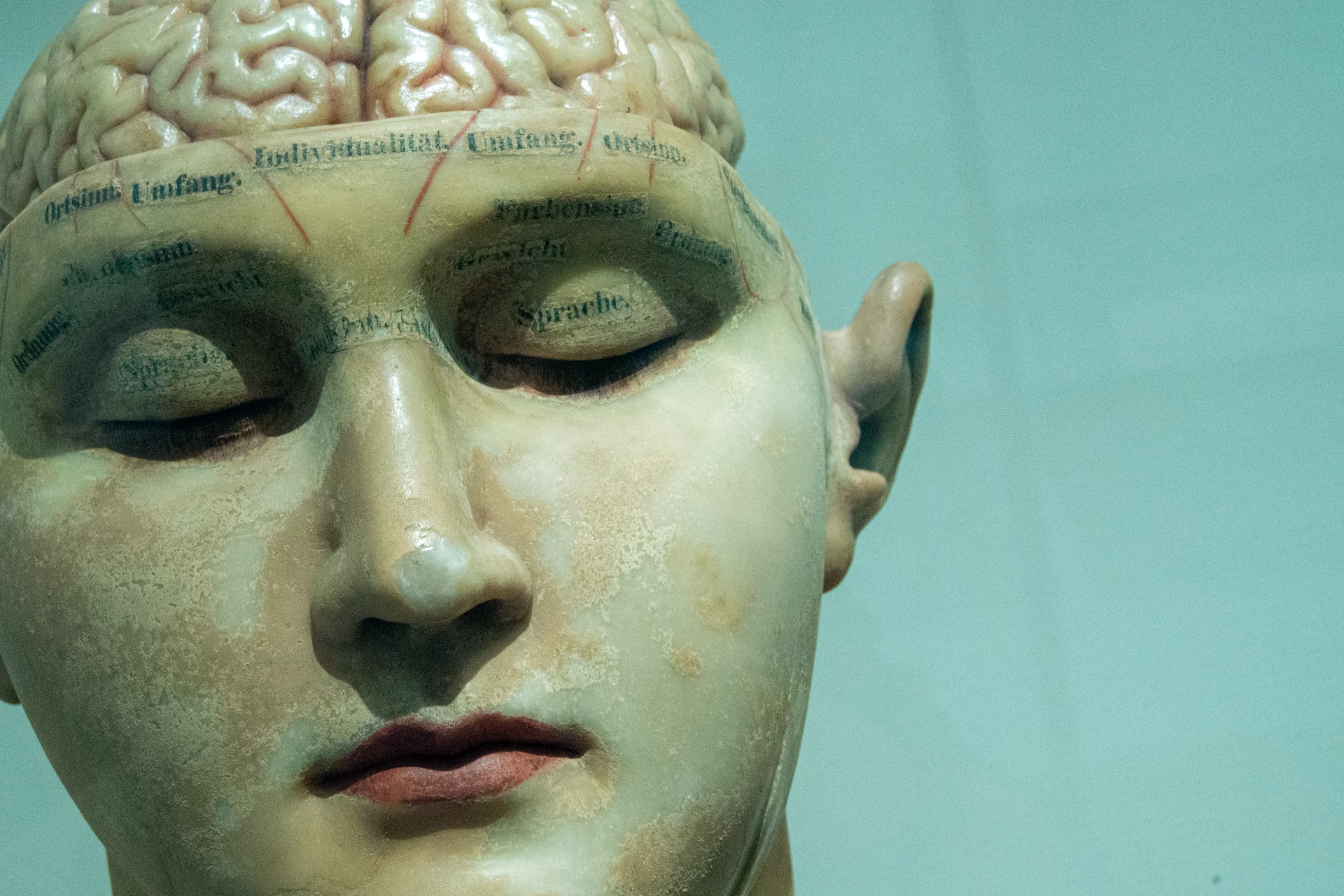Using virtual reality for cognitive rehabilitation
Using Virtual Reality for Cognitive Rehabilitation
Virtual reality (VR) is becoming increasingly popular as a tool for cognitive rehabilitation. This technology allows patients to immerse themselves in controlled environments that can help improve cognitive functions, manage mental health disorders, and enhance learning abilities. In this article, we will explore how VR is used in cognitive rehabilitation and its benefits.
### What is Cognitive Rehabilitation?
Cognitive rehabilitation focuses on improving cognitive functions such as memory, attention, and problem-solving skills. It is often used for individuals who have experienced brain injuries, strokes, or other conditions that affect cognitive abilities. Traditional methods can be tedious and less engaging, which is where VR comes into play.
### How Does Virtual Reality Work in Cognitive Rehabilitation?
VR provides an immersive and interactive environment that simulates real-life situations. This allows patients to practice skills in a safe and controlled setting. For example, VR can be used to help individuals with anxiety disorders by exposing them to simulated environments that trigger anxiety, allowing them to learn coping strategies. Similarly, VR can enhance memory by using virtual memory palaces, where patients can associate memories with specific locations in a virtual space.
### Benefits of Virtual Reality in Cognitive Rehabilitation
1. **Engagement and Motivation**: VR makes rehabilitation more enjoyable and engaging, increasing patient motivation and participation. Unlike traditional methods, VR offers interactive experiences that feel more like games than therapy sessions.
2. **Real-World Application**: VR environments can mimic real-life scenarios, helping patients practice skills that are directly applicable to their daily lives. This can include tasks like shopping or driving, which are crucial for regaining independence.
3. **Accessibility**: VR therapy can be conducted remotely, making it accessible to patients in rural or underserved areas. This is particularly beneficial for those who face barriers to traditional in-person therapy.
4. **Pain Reduction**: For patients undergoing physical rehabilitation, VR can serve as a distraction from pain, making therapy sessions more comfortable.
### Examples of Successful VR Rehabilitation
– **Down Syndrome**: Studies have shown that VR interventions can significantly improve motor skills, balance, and cognitive functions in individuals with Down syndrome. VR provides a game-based interactive environment that enhances motivation and engagement.
– **Mental Health Disorders**: VR is used to treat anxiety disorders and PTSD by providing controlled exposure to anxiety-provoking stimuli. This helps patients learn to manage their responses in a safe environment.
### Challenges and Future Directions
While VR therapy offers many benefits, there are challenges to its implementation. The cost of equipment and software can be high, and some patients may experience discomfort or motion sickness. However, as technology advances and more affordable options become available, VR is likely to become a mainstream tool in cognitive rehabilitation.
In conclusion, virtual reality is transforming the field of cognitive rehabilitation by providing immersive, engaging, and accessible treatment options. As research continues to grow, we can expect to see even more innovative applications of VR in improving cognitive functions and enhancing patient outcomes.





